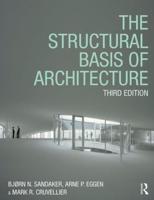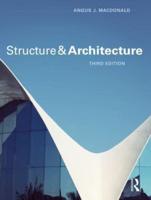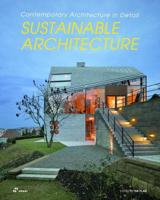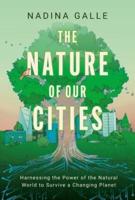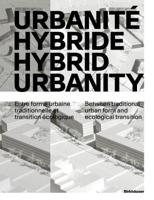Publisher's Synopsis
This is in essence a narrative on an ideological-free, transcultural architectural language in post-World War ll Yugoslavia. It describes the attempt to create a new visual identity as the design and construction of nineteen large commemorative sites was completed on sites across the country in the 1980s. The book considers the interpretation and transformation of Memory into form as the programme of cenotaphs, 'tumuli' and iconic urban representations were designed and built. The design concept of each being that society and individual visitors should 'read', remember and form their own exegesis. Contents include: De/Construction of Monument; Towards a Performative, Open and Anti-monumental Concept of Memorials; and City as a Protagonist

